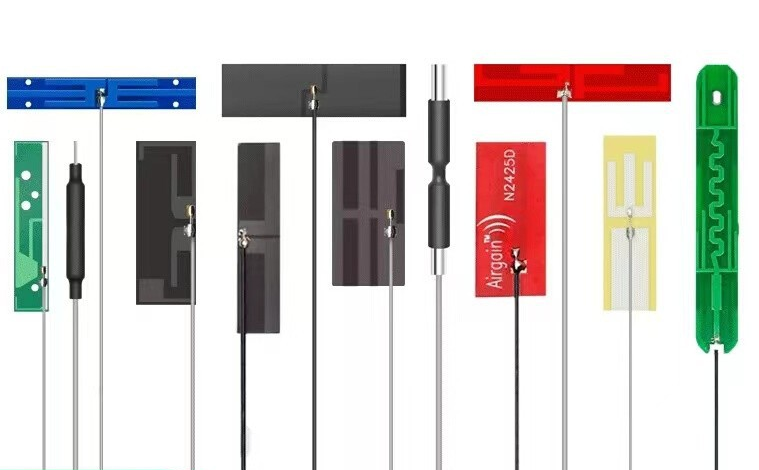The Application of PCB Antennas in Electronic Products
Introduction
In recent years, smartphones have become a ubiquitous device in people's daily lives, and the demand for improved wireless communication capabilities has increased. One of the critical components of any wireless device is the antenna. The phone printed circuit board (PCB) antenna is a popular antenna type used in small electronic devices. PCB antennas are widely used in smartphones, tablets, and other devices to provide efficient wireless communication capabilities. In this article, we will explore the PCB antenna in detail, including its structure, design requirements, and performance characteristics.

Structure of PCB Antenna
A typical PCB antenna structure consists of a radiating element and a ground plane. The radiating element is a metal trace that is etched onto the top layer of the PCB. The ground plane is a metal layer that is placed on the opposite side of the PCB. The ground plane is used to provide a conducting surface for the electromagnetic waves to reflect off.
One of the critical parameters of the PCB antenna structure is the length of the radiating element. The length of the metal trace determines the resonant frequency of the PCB antenna. A shorter trace corresponds to a higher resonant frequency, while a longer trace corresponds to a lower resonant frequency.
Design Requirements of PCB Antenna
The design of a PCB antenna is critical to ensure its efficient performance. One of the design requirements for a PCB antenna is a high radiation efficiency. Radiation efficiency refers to the amount of power that is radiated by the antenna compared to the total power that is fed into the antenna. A high radiation efficiency ensures that the antenna can transmit and receive signals efficiently, reducing the power consumption of the device.
Another critical design requirement for a PCB antenna is the impedance matching. Impedance matching refers to the ability of the antenna to properly match the impedance of the connected wireless device. A good impedance match ensures that the antenna can efficiently transfer energy between the device and the antenna, reducing the loss of energy and improving the device's performance.
Performance Characteristics of PCB Antenna
The performance of a PCB antenna is affected by various factors, including the surrounding environment, the device design, and the frequency of the signal. The following are some of the critical performance characteristics of a PCB antenna:
1. Bandwidth: The bandwidth of the antenna refers to the range of frequencies over which the antenna can operate efficiently. A broader bandwidth ensures that the antenna can operate over a wider range of frequencies, providing better wireless communication capabilities.
2. Directivity: The directivity of the antenna refers to how focused the antenna's radiation pattern is. A highly directional antenna concentrates the energy on a narrow beam, resulting in a high gain. A low directivity antenna, on the other hand, radiates energy in all directions, resulting in a low gain.
3. Gain: The gain of the antenna refers to the ratio of the radiation intensity in a particular direction to the radiation intensity that would be produced by a reference antenna with the same input power. A higher gain antenna provides stronger signals and better communication capabilities.
Conclusion
In conclusion, the PCB antenna is a critical component of any wireless device, and its design and performance are essential to the device's wireless communication capabilities. The structure of the antenna, its design requirements, and performance characteristics must be carefully considered to ensure efficient wireless communication. As the demand for improved wireless communication capabilities and the use of small electronic devices continues to rise, the PCB antenna's significance will only grow.





